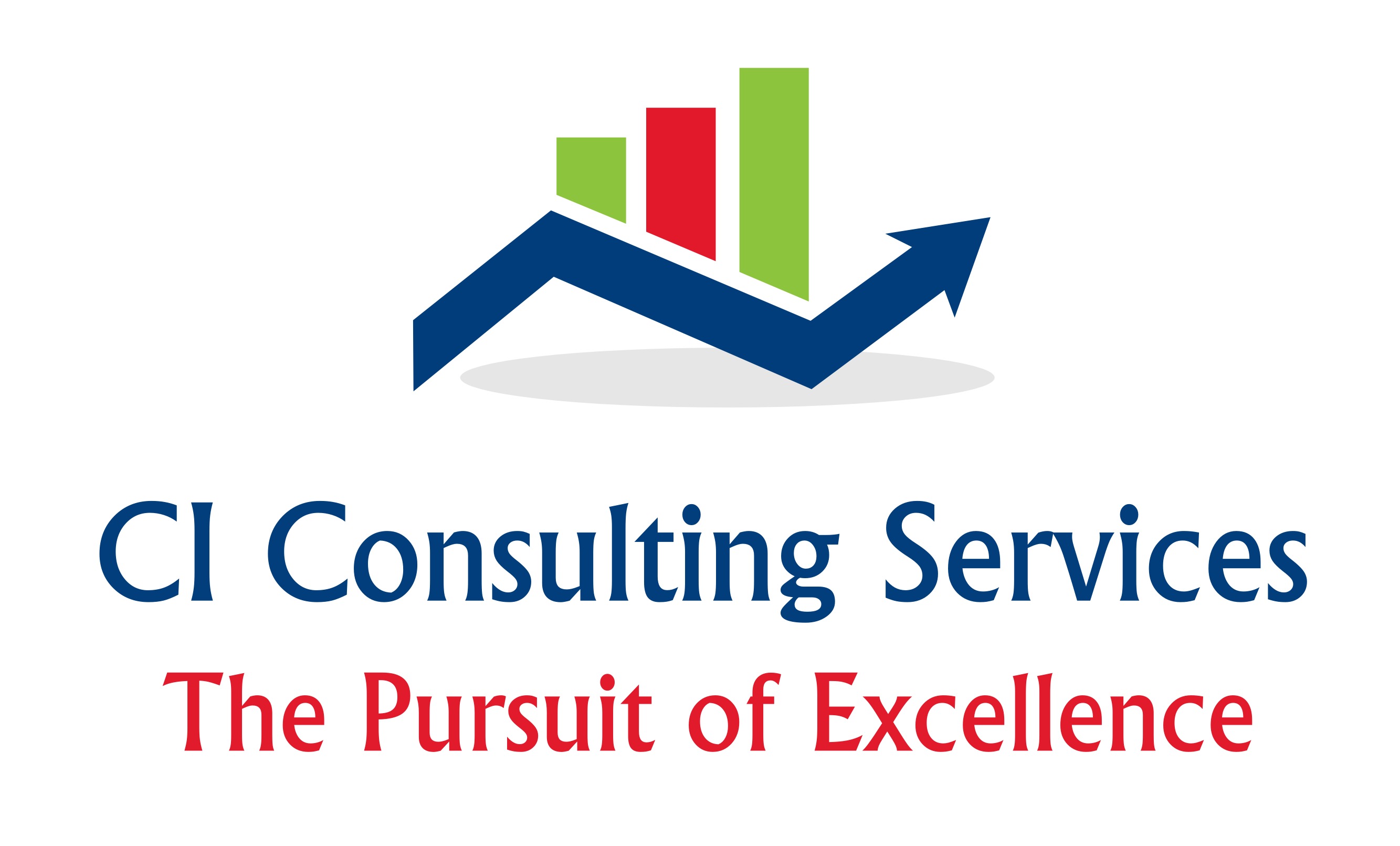
Developing People and Their Skills
The old model of continuous improvement was to appoint a CI leader who then would take responsibility for driving improvement in the organization. All too often this is like trying to push an organization forward by using a rope. That is to say, not very satisfying or successful at the end of the day and prone to backsliding.
The current best way to build a Lean organization is to develop people and their skills to solve problems in their span of control on a daily basis, rather than periodic kaizen events. This approach involves everyone in the effort every day, not just during kaizen events.
A "Tiered Coaching Model" can be an effective way to leverage the entire organization toward the goal of developing people and their skills. By creating a "Target Condition" we can define the future state in a way that can be measured to know when we have achieved it (and then define a new Target Condition).
A sample Target Condition is “All fabricated components for a particular unit are kitted before Paint so they can then flow to Assembly in one movement.” (This avoids delays in Assembly by waiting for one or more components to get painted.)
To achieve this it is necessary to create an organization which is committed to continuous improvement and coaching of employees to develop their skill at seeing waste and acting on it..
To develop this new structure requires a tiered organization in which shop floor employees are supported by “coaches” who are a select group of shop and office employees.
The coaching role is to be a first resource for shop floor personnel who need some assistance with making changes. Coaches check in with individuals on a regular basis and provide them with things they need to make improvements in their area. This could include help with printing labels, ordering supplies, or providing training on the Lean tools required to make specific improvements.
To support the coaches, several "champions" each oversee a specific area of the operation to coordinate activity and provide coaches with the resources needed to perform the coaching role in whatever they need to help the shop floor team.
To support the champions, the executive leadership team provides organizational direction and resources to help them support the coaches in their needs. A graphic representation looks like this:

By using a Tiered Coaching Model you can get the needed direction from top leadership and involve everyone in the effort to make improvements daily. This model still requires other Lean tools, like Value Stream Mapping and periodic kaizen events, the biggest differences are daily incremental improvement, (like Paul Akers demonstrates using 2 Second Lean in the video links below) and involving everyone every day in the effort.
There are a lot more specifics to the Tiered Coaching Model, however this brief overview should allow people to see the benefits of using a planned model rather than "hope" as a method for continuous improvement.



